

One interesting member of the Bromeliaceae family is tillandsia. This original plant has absolutely no roots at all, and it’s very ornamental.
Key facts to remember
Name – Tillandsia
Family – Bromeliaceae
Type – indoor plant, epiphyte perennial
Height – 12 to 20 inches (30 to 50 cm)
Exposure – light, no direct sun
foliage – evergreen Flowering – depends on the variety
A plant without roots, definitely the reason this plant goes by the air plant nickname.
→ Set it up near or with a home-made kokedama for a double-wow effect
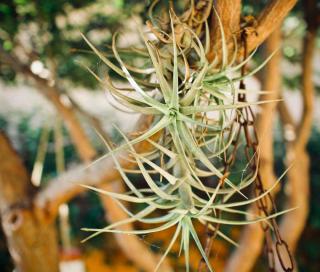
So your tillandsia won’t be very interested in whatever soil mix you have to offer.
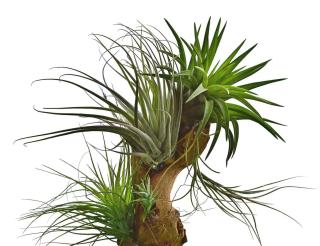
It’s thus perfectly fine to just plop your tillandsia on a piece of wood, or something more mineral like a slab of volcanic rock.
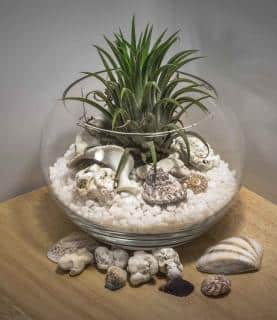
The ideal season to propagate tillandsia is either spring or summer.
After separating these basal shoots in spring, let the wound cure for 1 or 2 days, and then plant in a mix that contains equal parts of leaf compost, crushed bark and peat.
Tillandsia care is relatively easy, especially once you’ve caught on how to water it.
Note that tillandsia resists temperatures that reach 85°F or 30°C, but will die if it gets any colder than 40°F or 5°C.
Keep in mind during this entire watering section that tillandsia hates calcium deposits, and always prefers watering with either rainwater or bottled water.
Watering, for tillandsia, is different than for other plants: the goal is more to mist water on its leaves, than to actually water it.
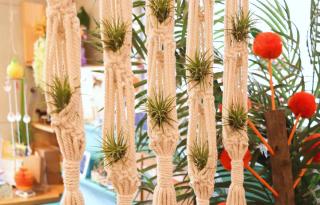
Once a week, in addition, soak the tillandsia in water for a few minutes.
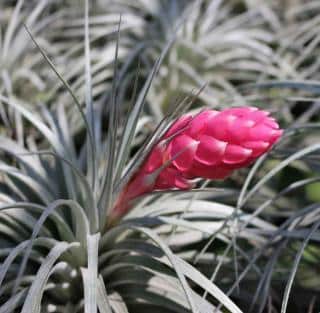 Once a month, dip the plant in water with a twice-diluted orchid plant fertilizer: this will increase your tillandsia’s blooming.
Once a month, dip the plant in water with a twice-diluted orchid plant fertilizer: this will increase your tillandsia’s blooming.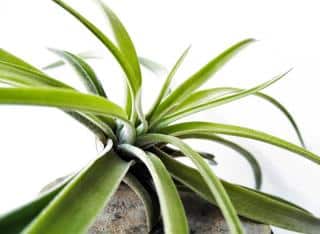
Read also:
Don’t use any “leaf shiner” products on leaves, because those products tend to block up pores and the plant can’t extract moisture from the air anymore. Just use rainwater, or distilled water (the one used for ironing clothes, if pure).